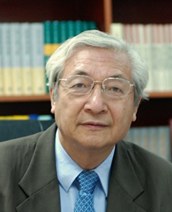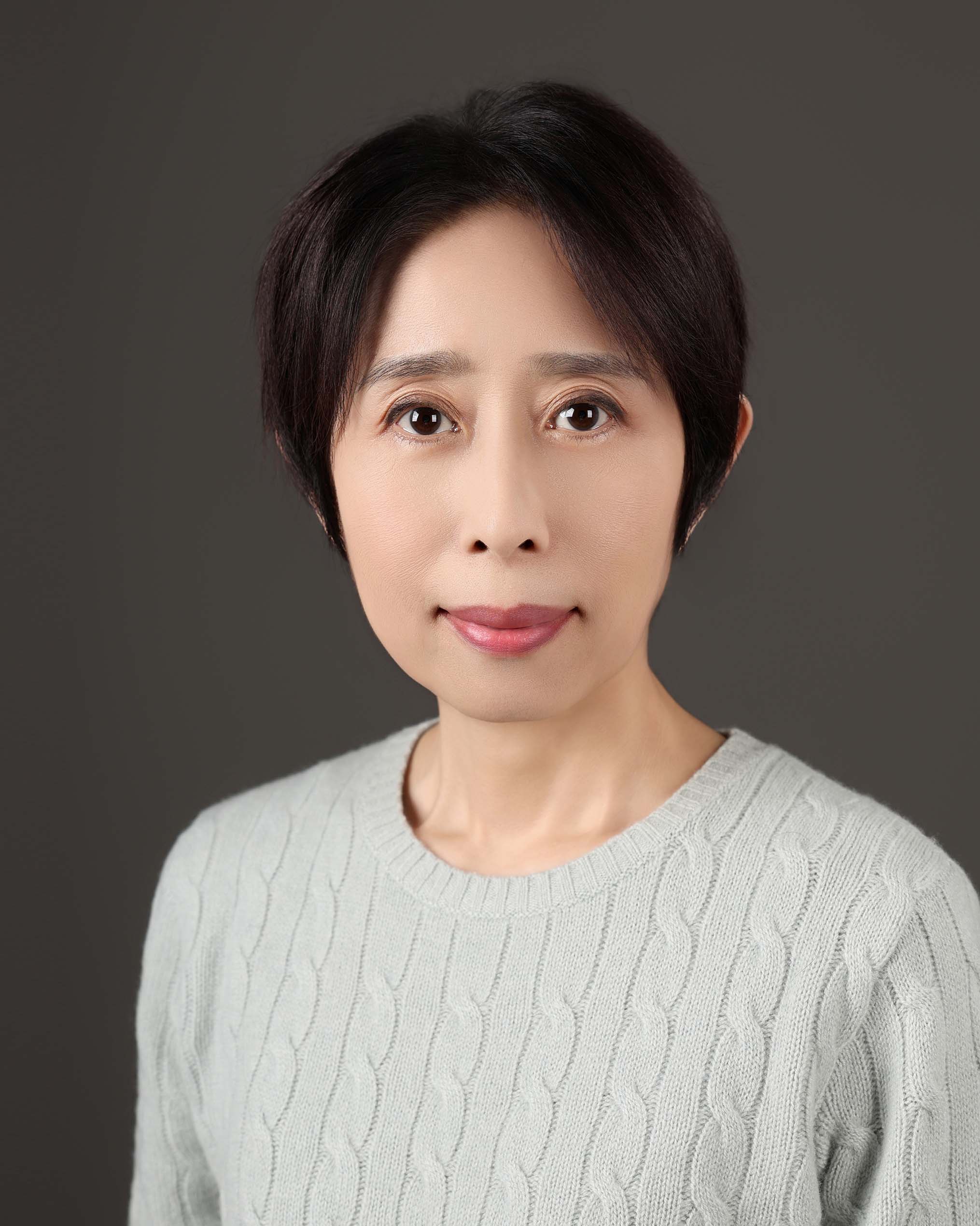
Zhihong Xu, Academician
Plant organ formation
Professor, College of Life Sciences, Peking University
tel:
E-mail:
We combine multidisciplinary approaches to study plant development, in particular shoot lateral appendage formation and patterning. In combination with mathematical simulation, they study the 3D form acquisition of leaves, the primary aerial organ. In addition, they study how a stem cell lineage is maintained in the leaf axil to enable shoot branching. More recently, the lab has spearheaded plant synthetic genomics research, and aims at establishing the first synthetic plant chromosome.
The group focuses on two related questions: (1) How do new shoot meristems initiate to enable shoot branching? (2) How does the stem cell-harboring shoot apical meristem (SAM) interplays with lateral organs derived from the SAM? Their studies involve a combination of transcriptome analysis, live-imaging, molecular genetics, large-scale functional approaches, and computational modeling. In parallel, the lab develops new methods for cell type-specific transcriptome analysis.
Axillary Meristem Initiation. In higher plants, shoot branching depends on the initiation of axillary meristems (AMs). AMs develop from stem cells in the adaxial side of the subtending leaf axil and give rise to branches. Understanding AM initiation may help in the elucidation of stem cell maintenance and differentiation, a long lasting question in biology. In addition, AM activity has long been a target of breeding selection because it significantly affects crop yield by influencing both tiller and spike number and spike branching complexity. The lab also utilizes knowledge gained from model plants to understand wheat spike branching.
Leaf flattening. The flattening of leaves to form broad blades is an important adaptation that maximizes photosynthesis. Flattening promotes leaf blade outgrowth, and depends on adaxial-abaxial patterning (also known as dorsoventral, or up-down polarity). However, the molecular mechanism underlying this process remains unclear. The lab has found that spatial auxin signaling transforms adaxial-abaxial polarity into leaf flattening, which is partially mediated by cell wall biomechanics.
More recently, the lab has been involved in synthetic plant chromosome research.
Zheng YF, Wang DH, Ye SD, Chen WQ, Li GL, Xu ZH, Bai SN, Zhao F. (2021) Auxin guides germ-cell specification in Arabidopsis anthers. Proc. Natl. Acad. Sci. U. S. A., 118: e2101492118.
Fu R, Li J, Yu HT, Zhang Y, Xu ZH, Martin C. (2021) The Yin and Yang of traditional Chinese and Western medicine. Med. Res. Rev., 41: 3182-3200.
Lin YN, Jiang CK, Cheng ZK, Wang DH, Shen LP, Xu C, Xu ZH, Bai SN (2021) Rice Cell Division Cycle 20s are required for faithful chromosome segregation and cytokinesis during meiosis. Plant Physiol., doi: 10.1093/plphys/kiab543.
Xu ZH. (2020) A bridge to the world. Annu. Rev. Plant Biol., 71: 1-38.
Yang ZR, Huang Y, Yang JL, Yao SZ, Zhao K, Wang DH, Qin QQ, Bian Z, Li Y, Lan Y, Zhou T, Wang H, Liu C, Wang WM, Qi YJ, Xu ZH, Li Y. (2020) Jasmonate signaling enhances RNA silencing and antiviral defense in rice. Cell Host Microbe., 28: 89-103.
Chen WQ, Drapek C, Li DX, Xu ZH, Benfey PN, Bai SN.(2019) Histone deacetylase HDA19 affects root cortical cell fate by iInteracting with SCARECROW.Plant Physiol., 180: 276-288.
Chen ZS, Liu XF, Wang DH, Chen R, Zhang XL, Xu ZH, Bai SN. (2018)Transcription Factor OsTGA10 Is a Target of the MADS Protein OsMADS8 and Is Required for Tapetum Development.Plant Physiol.,176: 819-835.
Wang DH, Song W, Wei SW, Zheng YF, Chen ZS, Han JD, Zhang HT, Luo JC, Qin YM, Xu ZH, Bai SN. (2018) Characterization of the Ubiquitin C-Terminal Hydrolase and Ubiquitin-Specific Protease Families in Rice (Oryza sativa).Front Plant Sci.,9: 1636.
Zhao F, Zheng YF, Zeng T, Sun R, Yang JY, Li Y, Ren DT, Ma H, Xu ZH, Bai SN (2017) Phosphorylation of SPOROCYTELESS/NOZZLE by MPK3/6 is Required for Arabidopsis Anther Development. Plant Physiol., 173: 2265-2277.
Chunmei Guan, Chenkun Jiang, Xiaojing Wang, Yahe Guo, Ya Pu, Meiling Kang, Zining Cao, Wenqing Tian, Chenyan Zhang, Bofei Cui, Tianlong Lan, Xinyi Liu, Wenjing Liu






